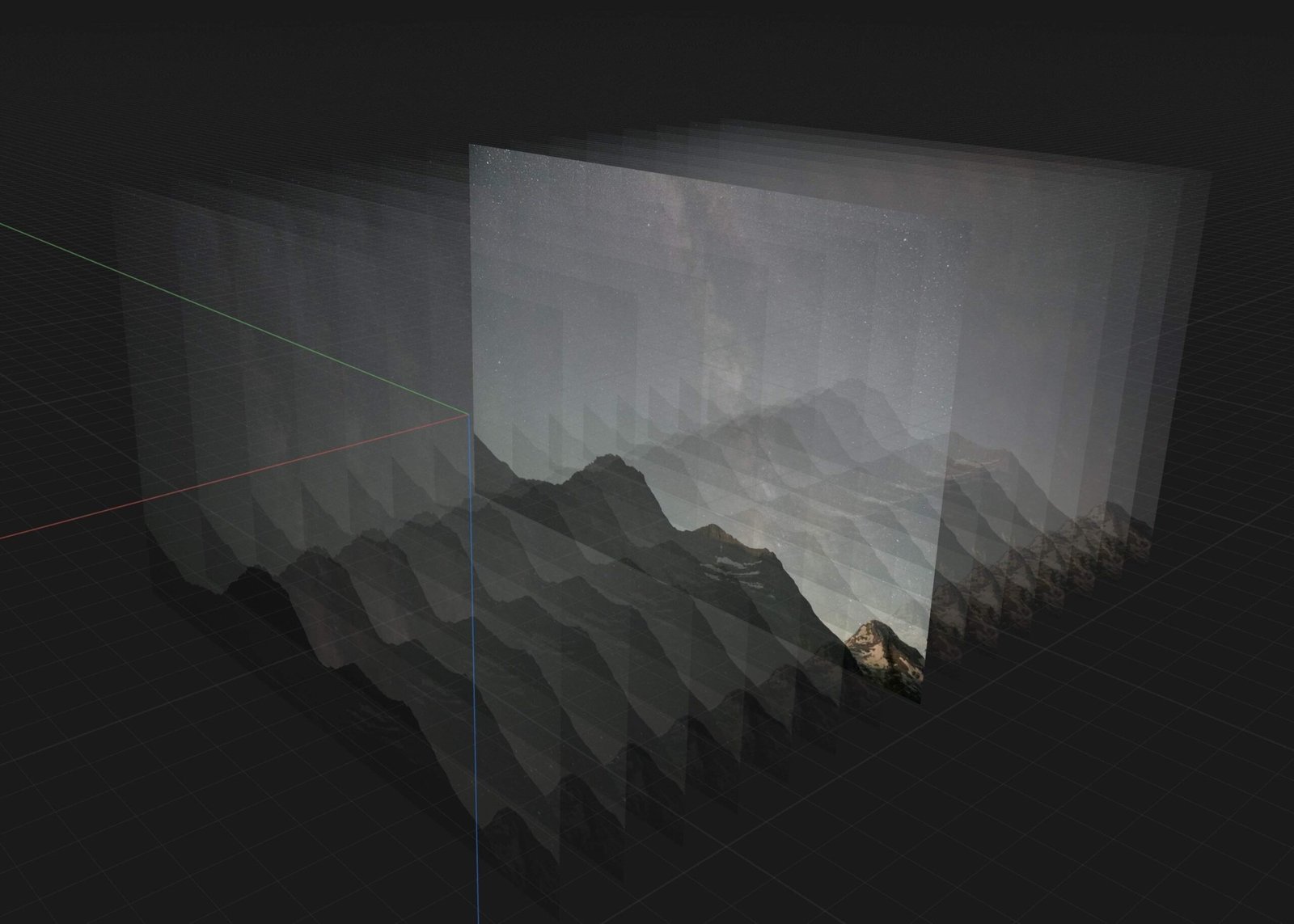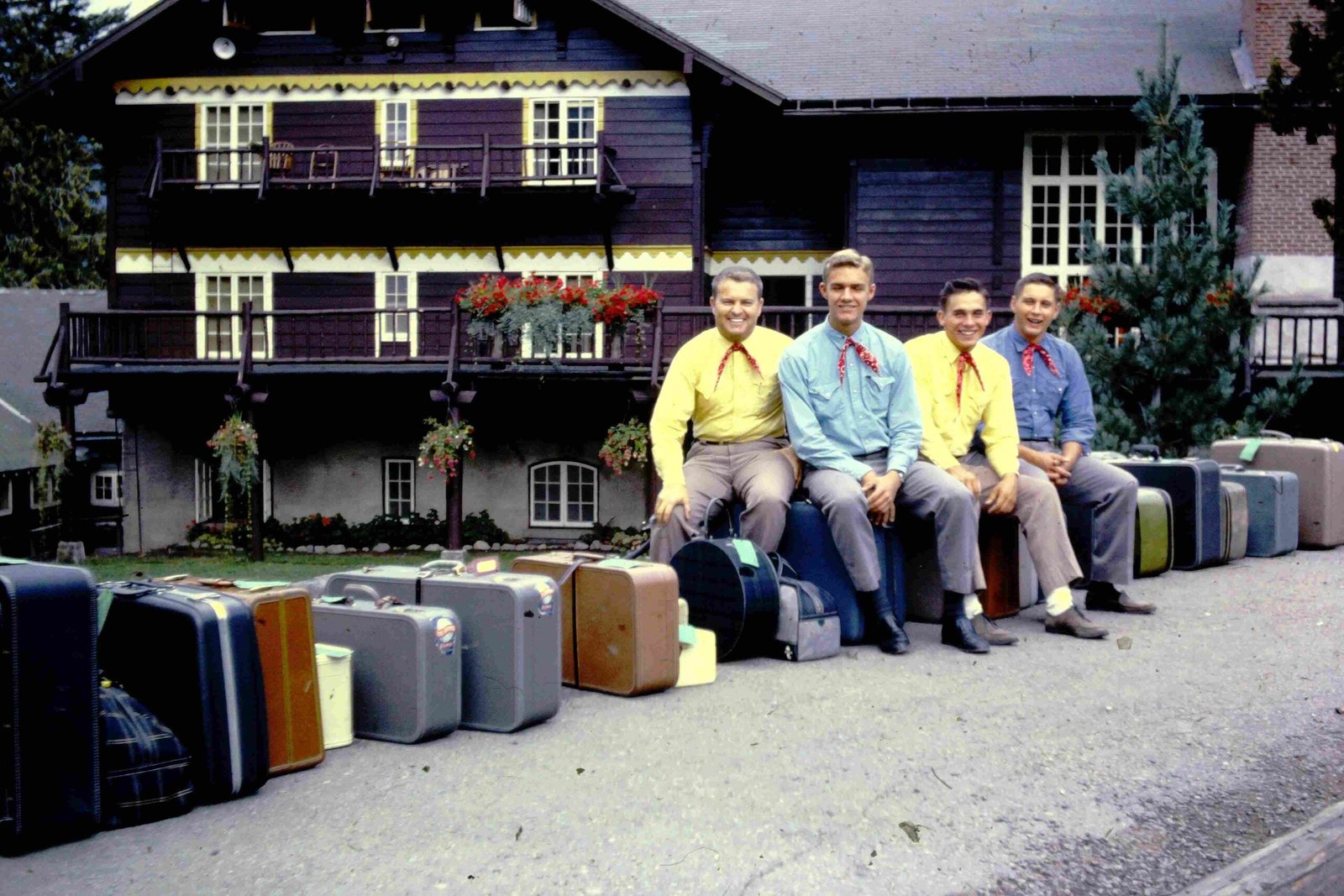Glacier National Park, renowned for its pristine wilderness and stunning landscapes, transforms into a celestial wonderland after dark. With its designation as a Dark Sky Park, visitors can experience unparalleled stargazing opportunities, nocturnal wildlife encounters, and breathtaking night photography. This comprehensive guide explores the best camping locations for stargazing, prime spots for night photography, wildlife viewing at night, and essential information for planning your nighttime adventure in Glacier National Park.
What Are the Best Camping Locations for Stargazing in Glacier National Park?

Glacier National Park offers several exceptional camping locations for stargazing enthusiasts. Here are the top spots to consider:
- Many Glacier Campground
- Location: East side of the park
- Capacity: 110 shaded sites (some accommodate RVs up to 35 feet)
- Amenities: Flush toilets, cold running water, picnic tables, fire rings
-
Highlights:
- Minimal light pollution
- Proximity to excellent hiking trails (Grinnell Glacier, Iceberg Lake)
- Popular site, early arrival or advance reservations recommended
-
Rising Sun Campground
- Location: Lower hillside of Otokomi Mountain near St. Mary Lake
- Capacity: 83 sites
- Amenities: Restaurant, camp store, hot showers nearby
-
Highlights:
- Scenic location with beach access across the road
- Easy access to Going-to-the-Sun Road
- Note: Check current status as it may not be open in specific years
-
Kintla Lake Campground
- Location: Remote area of the park
- Highlights:
- Less crowded, more secluded experience
- Minimal light pollution for enhanced stargazing
- Limited hiking options nearby
Where Are the Best Spots for Night Photography in Glacier National Park?

Glacier National Park’s Dark Sky Park status provides ample opportunities for stunning night photography. Here are the prime locations:
- Lake McDonald and Surrounding Areas
- Access: By foot, paddling, or motorboat
-
Features:
- Backcountry campsite on the north shore
- Outstanding views of the Milky Way and celestial objects
- Ideal for capturing reflections on the lake’s surface
-
St. Mary and the Dusty Star Observatory
- Location: East entrance of Glacier National Park
-
Features:
- 20-inch telescope
- Guided viewing and star parties during summer
- Excellent for high-resolution photography of planets, galaxies, and nebulae
-
Going-to-the-Sun Road Corridors
- Specific locations: Bowman and Kintla lakes, Polebridge
- Highlights:
- Prime viewing spots for northern lights (aurora borealis) between September and March
- Minimal light pollution for clear night sky photography
What Wildlife Can Be Observed at Night in Glacier National Park?
Glacier National Park is home to diverse nocturnal wildlife. Here’s what you might encounter:
- Bears (both grizzly and black)
- Mountain lions
- Bats
- Owls
- Other nocturnal mammals and birds
The Lost Trail National Wildlife Refuge, a Dark Sky Sanctuary, is particularly known for its nocturnal wildlife viewing opportunities.
Best Practices for Safe Wildlife Viewing:
- Keep pets on a leash no longer than six feet
- Never leave pets unattended
- Store food and trash properly to avoid attracting wildlife
- Report bear or mountain lion sightings to park rangers immediately
- Use bear-resistant food storage when camping
- Remain quiet to avoid disturbing wildlife
What Are the Conditions and Accessibility for a Good Night in Glacier National Park?
Planning a night adventure in Glacier National Park requires consideration of several factors:
Transportation and Parking:
- Free shuttle service available along Going-to-the-Sun Road
- Limited cell service, plan ahead for navigation
Seasonal Challenges:
- Summer: Extremely busy, campgrounds fill quickly
- Winter: Cold temperatures and road closures affect accessibility
- Primitive status periods: Some campgrounds may lack potable water and dump station facilities
Accessibility Options:
- Commercial campgrounds outside the park (e.g., St. Mary, West Glacier) offer additional amenities
- Many Glacier campground has specific rules for RV lengths
Required Permits and Regulations:
- Overnight permits required for backcountry campsites (e.g., Lake McDonald)
- Obtain permits in person at Apgar Backcountry Permit Office or through advance online reservations (starting mid-March)
Essential Tips for a Good Night in Glacier National Park
- Plan Ahead: Make reservations early, especially for popular campgrounds like Many Glacier.
- Pack Appropriately: Bring warm layers, as temperatures can drop significantly at night.
- Respect Wildlife: Follow park guidelines for food storage and wildlife encounters.
- Dark Sky Etiquette: Use red-light flashlights to preserve night vision and minimize disturbance to wildlife and other visitors.
- Photography Gear: Bring a sturdy tripod and wide-angle lens for night sky photography.
- Stay Informed: Check park alerts and closures before your visit, as conditions can change rapidly.
By following these guidelines and exploring the recommended locations, you can experience the magic of Glacier National Park after dark, from stargazing to wildlife watching and capturing stunning night photographs. Remember to always prioritize safety and respect for the natural environment during your nighttime adventures.